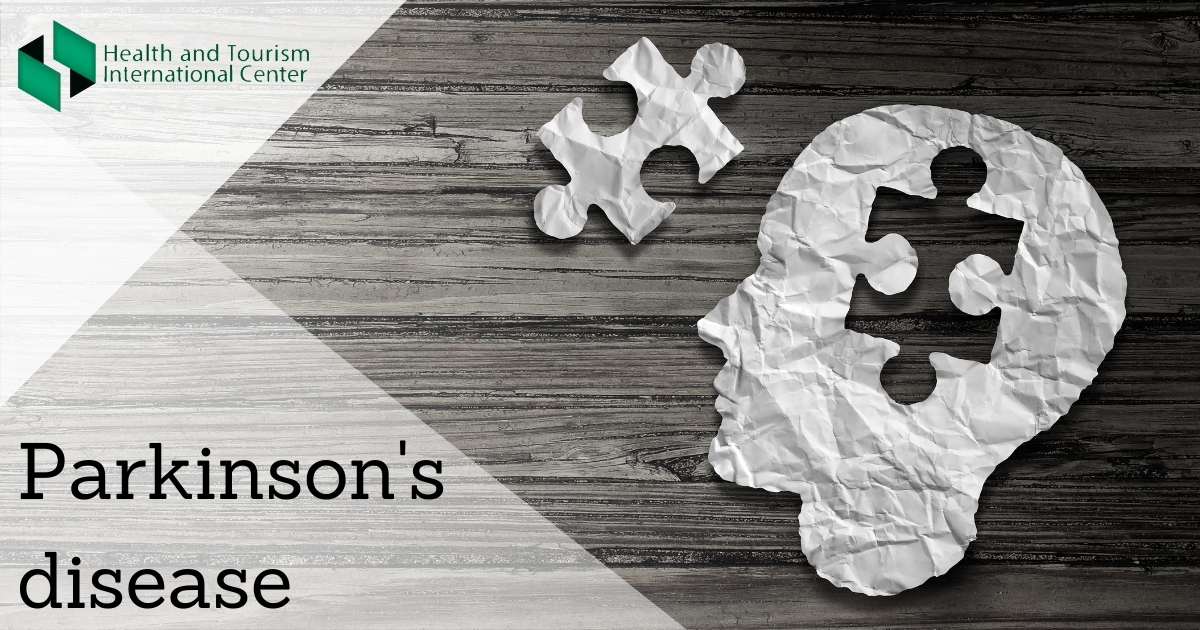Parkinson's disease is a progressive nervous system disorder that affects movement.
The disease is progressive, therefore, the symptoms worsen over time, unfortunately, against this background, the quality of life of the patient is significantly reduced.
Although Parkinson's disease can't be cured, medications might significantly improve your symptoms.
Lifestyle and home remedies
If you've received a diagnosis of Parkinson's disease, you'll need to work closely with
your doctor to find a treatment plan that offers you the greatest relief from symptoms
with the fewest side effects.
Certain lifestyle changes also may help make living with Parkinson's disease easier.
Healthy eating
While no food or combination of foods has been proved to help in Parkinson's disease, some foods may help ease some of the symptoms. For example, eating foods high in fiber and drinking an adequate amount of fluids can help prevent constipation that is common in Parkinson's disease.
A balanced diet also provides nutrients, such as omega-3 fatty acids, that might be beneficial for people with Parkinson's disease.
Exercise
Exercising may increase your muscle strength, flexibility and balance.
Exercise can also improve your well-being and reduce depression or anxiety. Your doctor may suggest that you work with a physical therapist to learn an exercise program that works for you.
You may also try exercises such as walking, swimming, gardening, dancing, water aerobics or stretching.
Avoiding falls
In the later stages of the disease, you may fall more easily. In fact, you may be thrown off balance by just a small push or bump. Make a U-turn instead of pivoting your body over your feet. Distribute your weight evenly between both feet, and don't lean. Avoid carrying things while you walk. Avoid walking backward.
It may be difficult for the patient to maintain personal hygiene and it is therefore advisable for the therapist to teach the caregiver, assistant or the person with Parkinson's disease himself certain methods.
Source:
https://www.mayoclinic.org/diseases-conditions/parkinsons-disease/diagnosis-
treatment/drc-20376062

